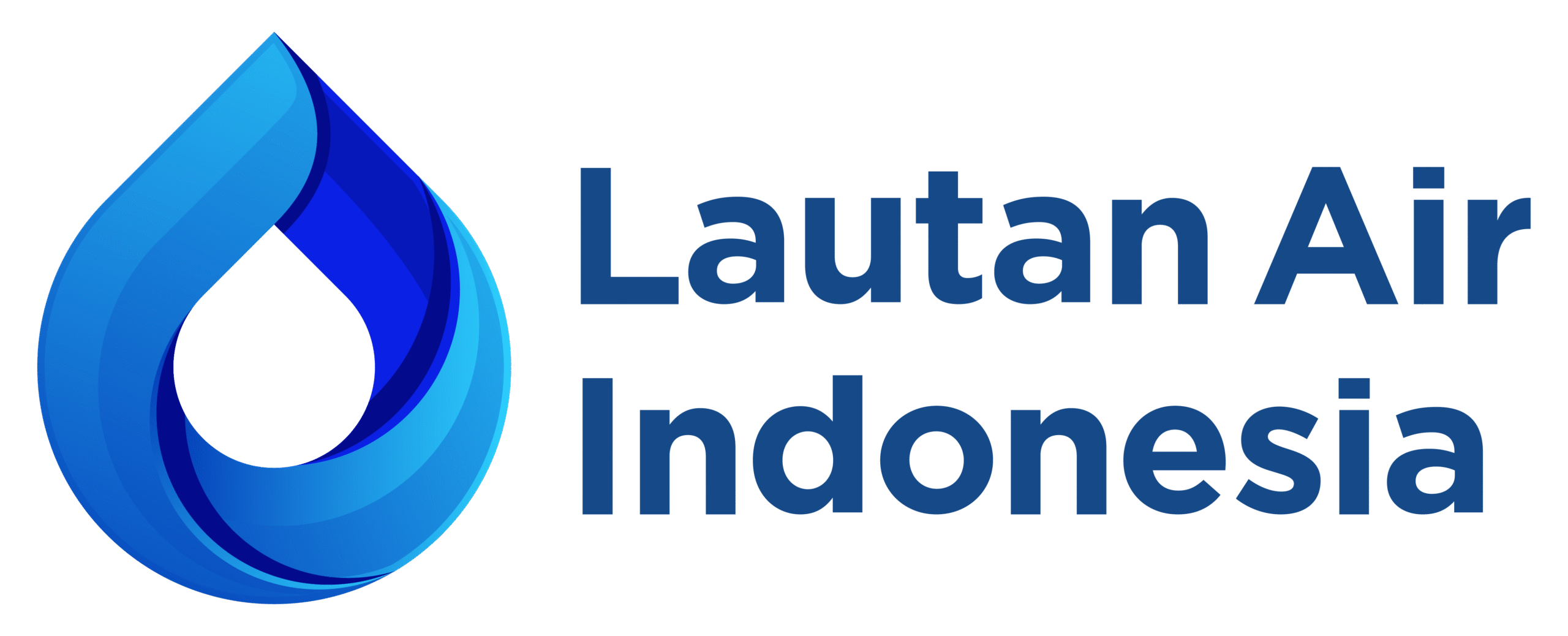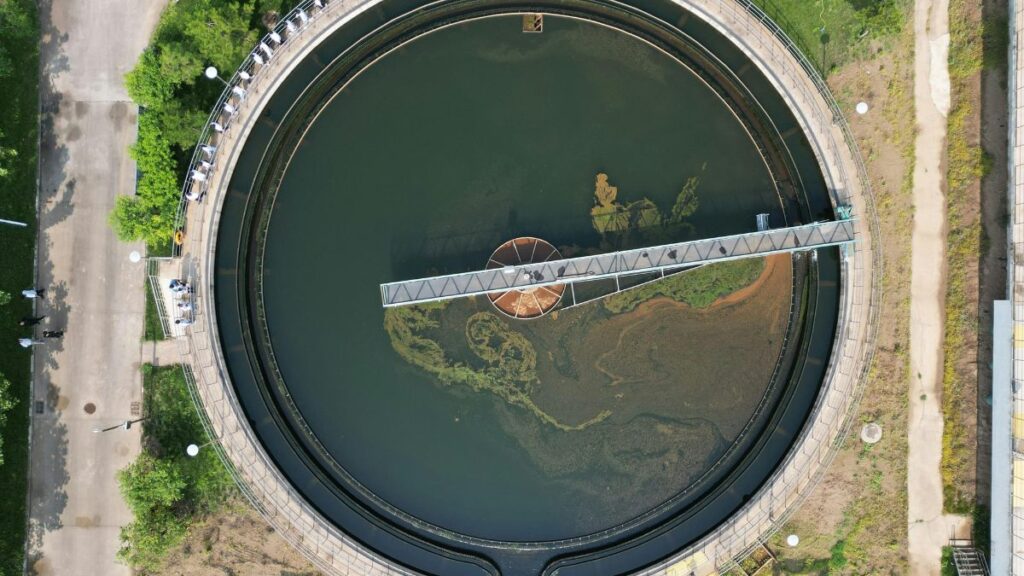In the world of wastewater treatment, the Sludge Volume Index (SVI) parameter is an important indicator for assessing the quality of activated sludge. SVI measures the ability of sludge to settle after the aeration process in mL/g units. The ideal SVI value is generally in the range of 80–150 mL/g. However, when the SVI value increases significantly above that number—for example, reaching 200 or more—the system begins to show signs of serious disturbance.
High SVI is one of the most common problems faced in wastewater treatment plants (WWTPs), both in the industrial and domestic sectors. A high SVI value indicates that the sludge has poor settling ability, causing the processed water to become cloudy and not meet quality standards.
The Real Impact of High SVI in WWTP Operations
Sludge Volume Index (SVI) is not just a numeric parameter in a laboratory report. When the value is outside the optimal limit—especially when it is too high—SVI becomes an early indicator of biological imbalance that can affect the entire performance of the wastewater treatment system. The impact is not only technical, but also has direct implications for operations, costs, and compliance with environmental regulations.
Some of the real consequences of high SVI include:
1. Decreased Separation Efficiency in the Secondary Clarifier
A high SVI indicates that activated sludge has poor settling ability. This causes the separation process between clear water and sludge to not run optimally. Sludge tends to remain in the liquid phase (carry over), so that the quality of the effluent coming out of the system can contain high suspended solids (TSS), sometimes even causing wastewater to look cloudy or foamy.
2. Increased Risk of Sludge Bulking
High SVI is often associated with sludge bulking conditions, where the sludge floc becomes too light or not compact, due to the dominance of certain microorganisms such as filamentous bacteria. Sludge bulking not only inhibits the sedimentation process, but can also cause sludge accumulation downstream and disrupt further processes.
Read Also: Why is the Activated Sludge in Wastewater Treatment Plant Not Sedimenting Properly?
3. Increased Operational Costs
When the treatment system has to work harder to overcome the declining effluent quality, the logical consequence is increased costs. The use of additional chemicals, increased frequency of desludging, or even the need for biological system reactivation are factors that increase operational burdens. Not to mention the potential investment in equipment or system modifications to overcome long-term impacts.
4. Decreased Stability of Biological Processes
High SVI reflects unbalanced microbiological conditions. This imbalance can reduce the efficiency of the biodegradation process in the aeration reactor. As a result, organic compounds that should be decomposed can pass to the final stage and increase the Chemical Oxygen Demand (COD) or Biochemical Oxygen Demand (BOD) in the effluent.
5. Risk of Non-Compliance with Environmental Quality Standards
The most serious impact of high SVI is the potential for violation of environmental quality standards set by the government. Failure to meet parameters such as TSS, COD, or BOD can result in administrative sanctions, fines, or even termination of facility operations. This will certainly have a negative impact on the company’s reputation and business continuity.
Integrated Approach to Control High SVI
Dealing with high SVI values requires a comprehensive and measured approach. It is not enough to just intervene with one aspect such as aeration or adding chemicals, because the cause of high SVI can involve many factors—starting from the composition of wastewater, the characteristics of microorganisms, to the operational conditions of the installation itself.
Here are some technical strategies that are commonly applied to control and reduce SVI.
1. Microbiological Analysis of Activated Sludge
The first and most important step is to analyze the microbiological condition of activated sludge. Microscopic examination will help identify the types of microorganisms that dominate, including the presence of filamentous bacteria which are often the main cause of high SVI.
This examination can also reveal sludge conditions such as floc structure, floc size, and the presence of other suspended particles that are not properly degraded.
2. Bio-Augmentation with Selective Microorganisms
When it is known that high SVI is caused by the dominance of filamentous microorganisms, the bio-augmentation approach can be an effective solution. This technique involves the addition of non-filamentous competitor microorganisms that help balance the population in the activated sludge and improve floc quality.
Bio-augmentation should be carried out based on the results of microbiological analysis and the specific conditions of each WWTP system.
Read Also: How to Control Algae and Biofilm in Raw Water Treatment Systems
3. Nutrient Optimization and C:N:P Ratio
Nutrient balance greatly influences the growth of healthy microorganisms in the activated sludge system. An imbalance in the ratio of carbon (C), nitrogen (N), and phosphorus (P) can encourage the growth of unwanted types of bacteria, including filamentous bacteria.
Evaluation and adjustment of the nutrient ratio need to be done periodically, especially in systems that receive high organic waste loads or waste from certain industrial processes that are low in nitrogen or phosphorus.
4. Precise Dissolved Oxygen (DO) Control
The level of dissolved oxygen in the aeration tank also plays an important role in the balance of the microbial ecosystem. Oxygen that is too low can stimulate the growth of anaerobic or microaerophilic microorganisms, including some filamentous species. Conversely, excess DO can also cause the formation of non-compact flocs.
The use of DO sensors and automatic control systems can help maintain the stability of these parameters continuously.
5. Selective Use of Chemicals
In some cases, the addition of chemicals such as mild oxidizers (low doses of chlorine, hydrogen peroxide, or permanganate compounds) can be used to suppress the population of filamentous bacteria. The use of these chemicals must be done very carefully and not long-term, because it risks disrupting microorganisms that play an important role in the biodegradation process.
This approach is usually applied as a short-term recovery step while preparing a more sustainable solution.
6. Routine Monitoring and Evaluation
High SVI is often an accumulation of small changes that have been ignored for a long time. Therefore, it is important to implement a daily monitoring system and periodic evaluation of all process parameters, from influent characteristics, aeration performance, to sludge quality in the secondary clarifier.
Investment in monitoring systems and operator training is an important part of maintaining long-term system stability.
Want to Manage SVI with More Control?
Maintaining the performance of a wastewater treatment system requires a deep understanding, consistent monitoring, and the right technical approach. If you are facing challenges related to high SVI values or want to improve the efficiency of the wastewater treatment process as a whole, there is nothing wrong with discussing with parties who have extensive experience and insight in this field.
Lautan Air Indonesia is here as a technical partner who can help you find solutions based on data analysis, industry experience, and an integrated approach.
Contact our technical team to get initial insights or further discussions about solutions that suit your wastewater treatment system.



